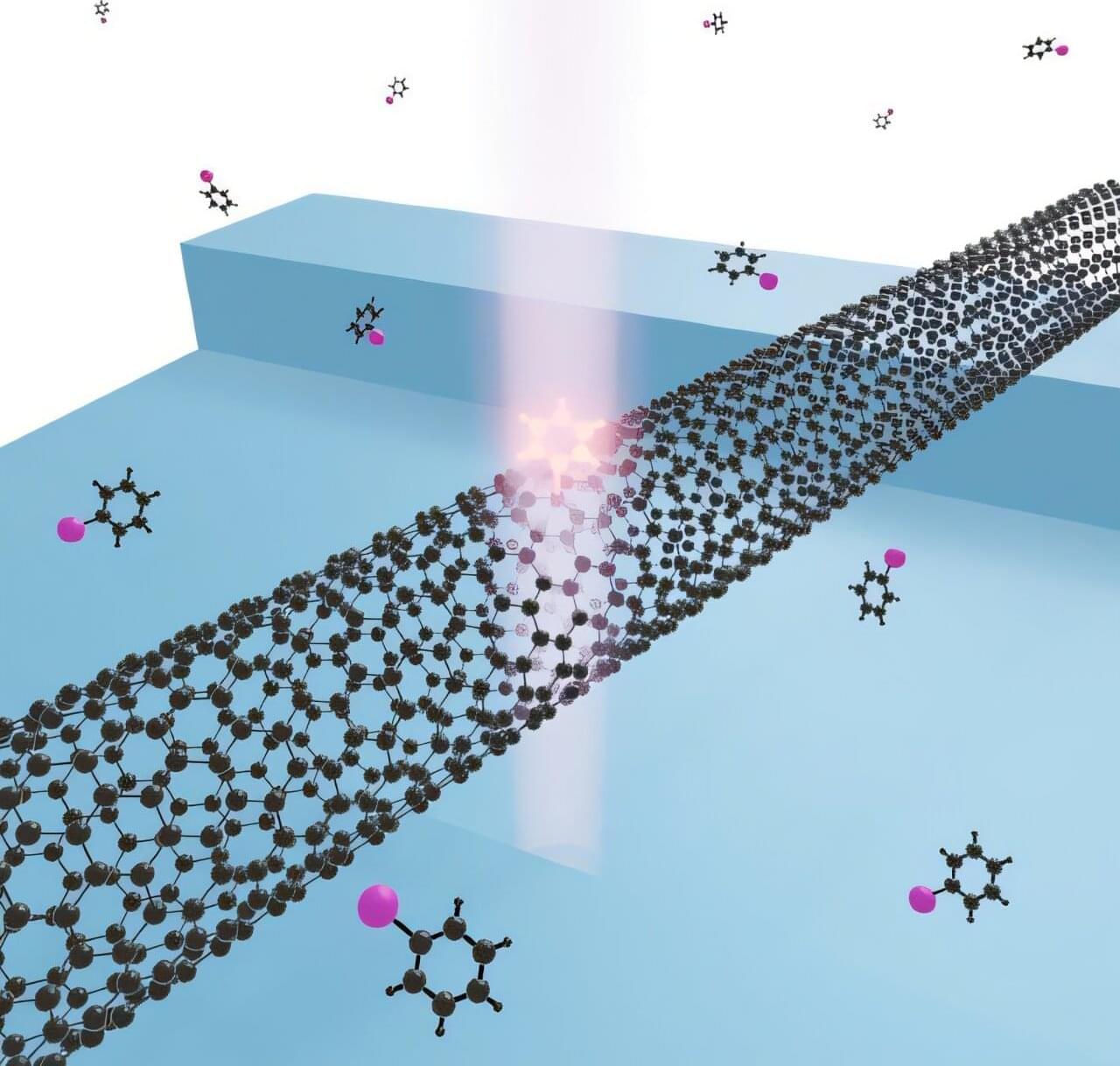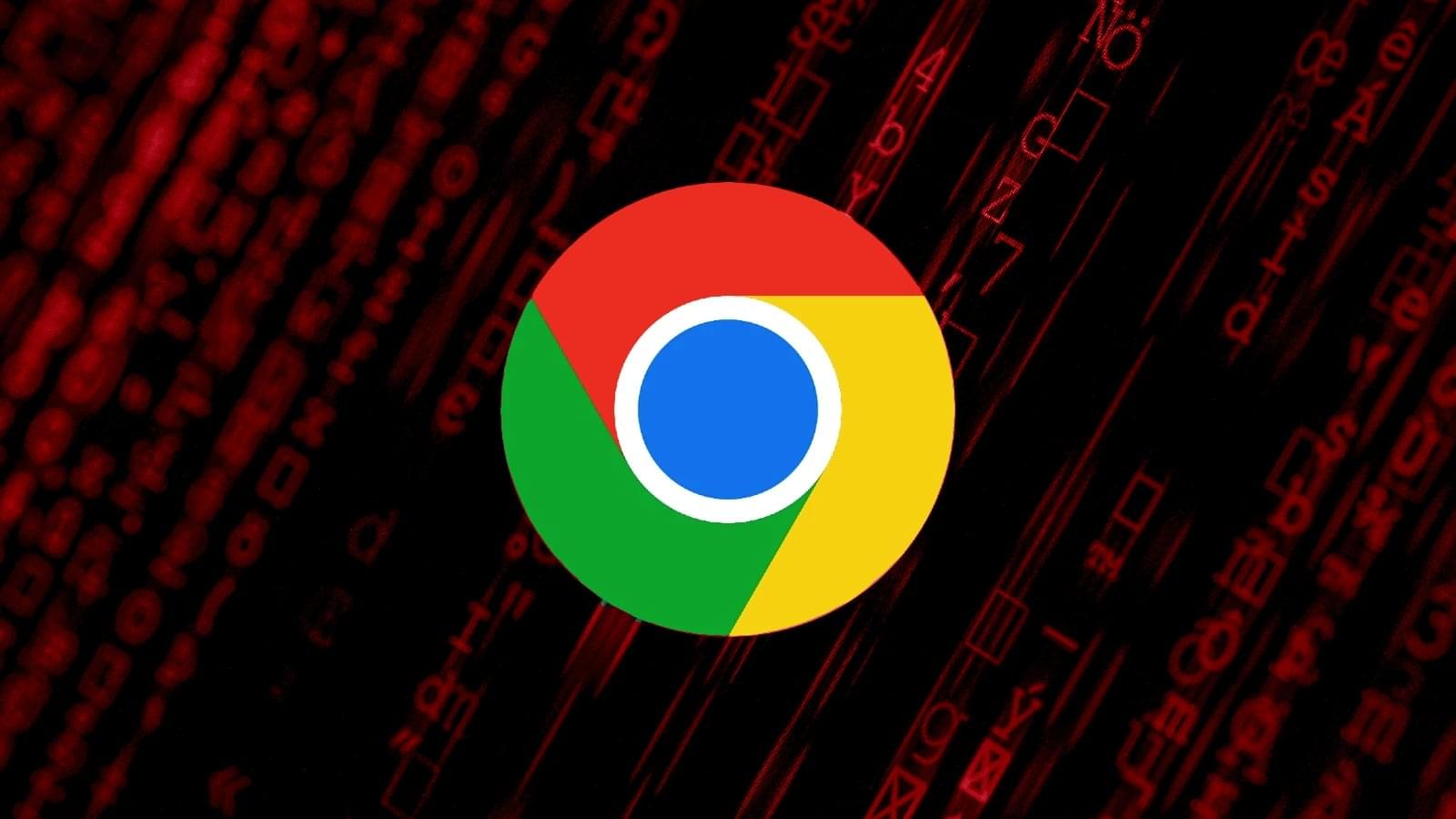Tiny tubes of carbon that emit single photons from just one point along their length have been made in a deterministic manner by RIKEN researchers. Such carbon nanotubes could form the basis of future quantum technologies based on light.
Light is currently used to freight data over long distances via optical fibers. But harnessing its quantum nature could offer several benefits, including unprecedented security since any inception by a third party can be detected.
Such quantum communication technology requires light sources that emit one photon at a time. Several systems are capable of realizing that, but of them carbon nanotubes are the most promising.








